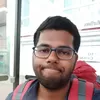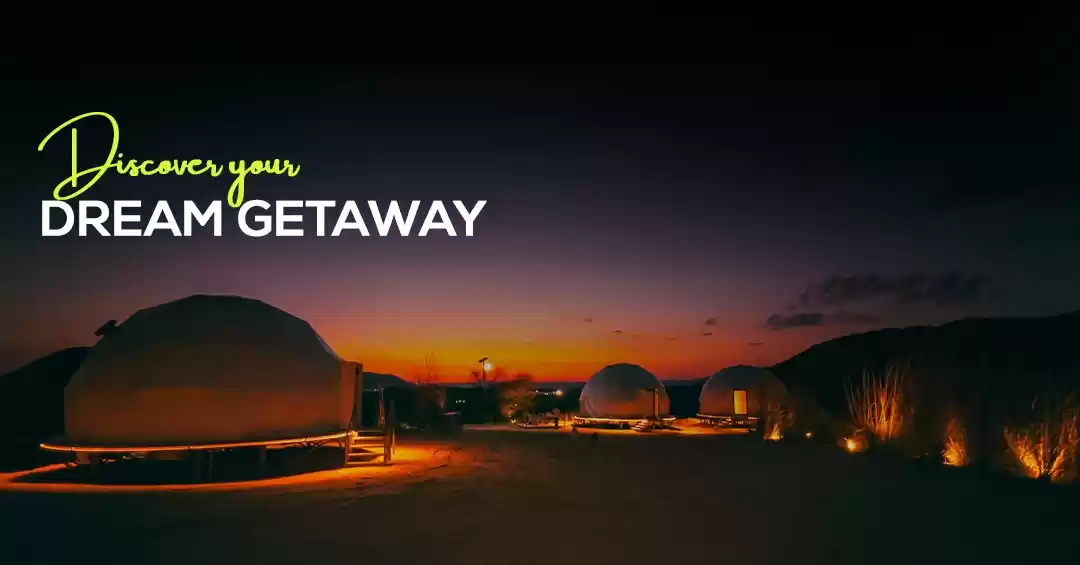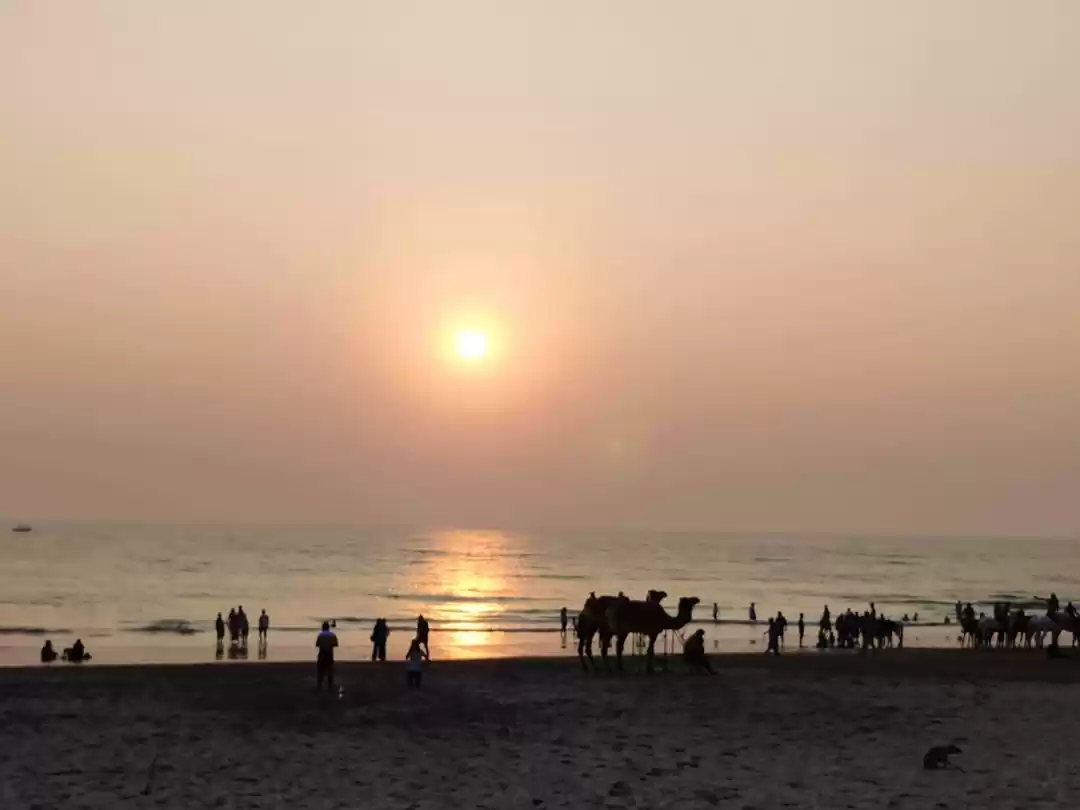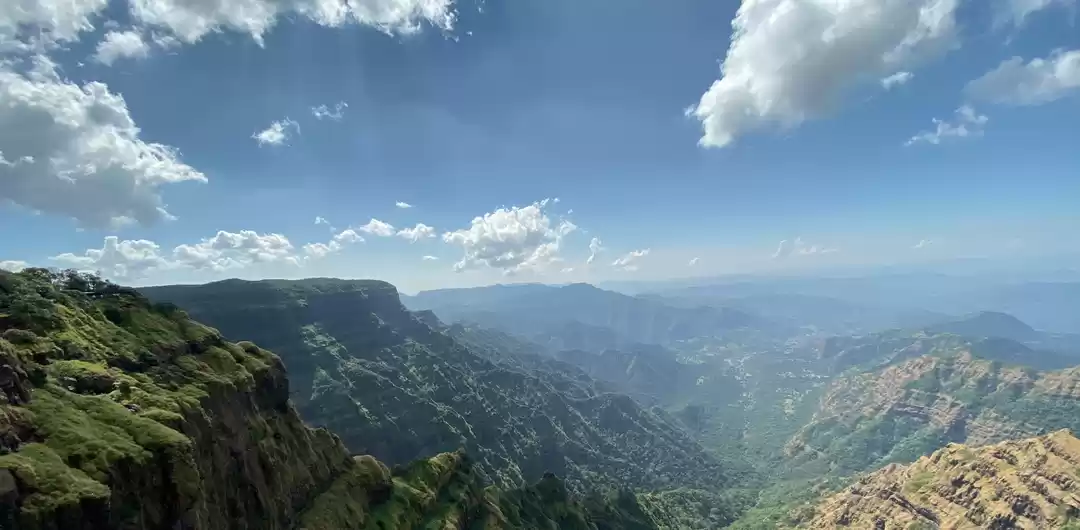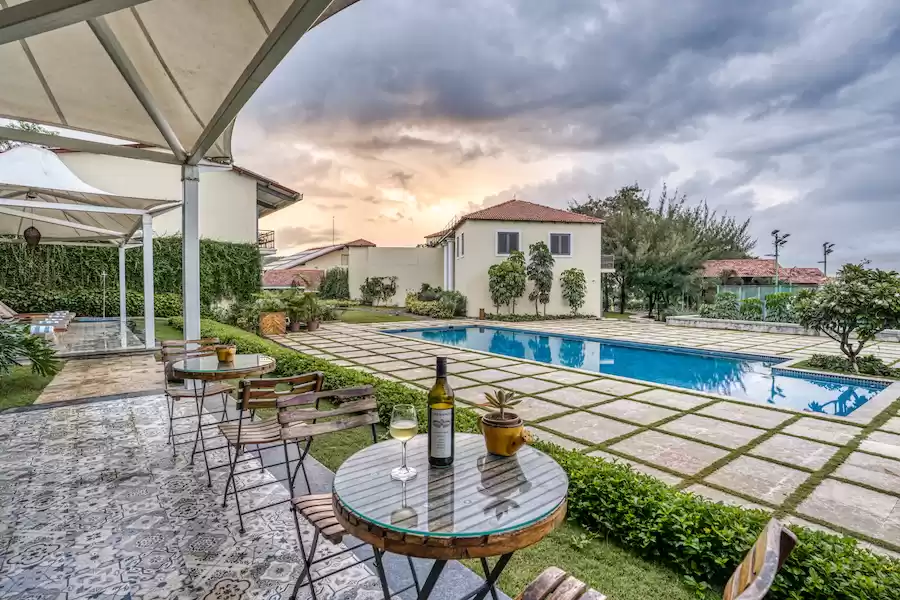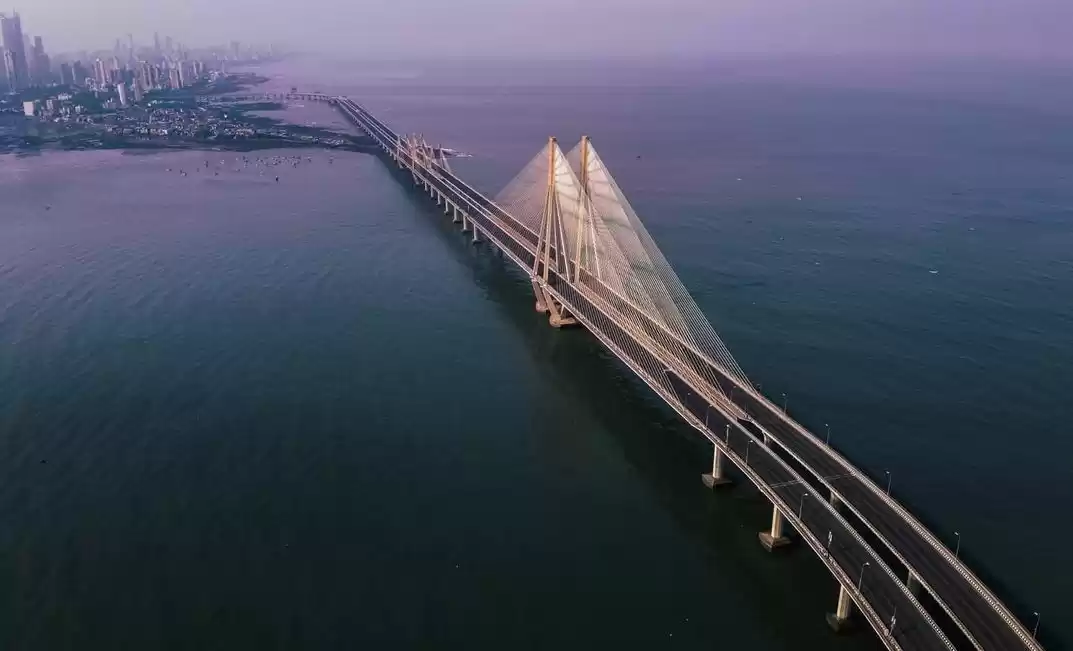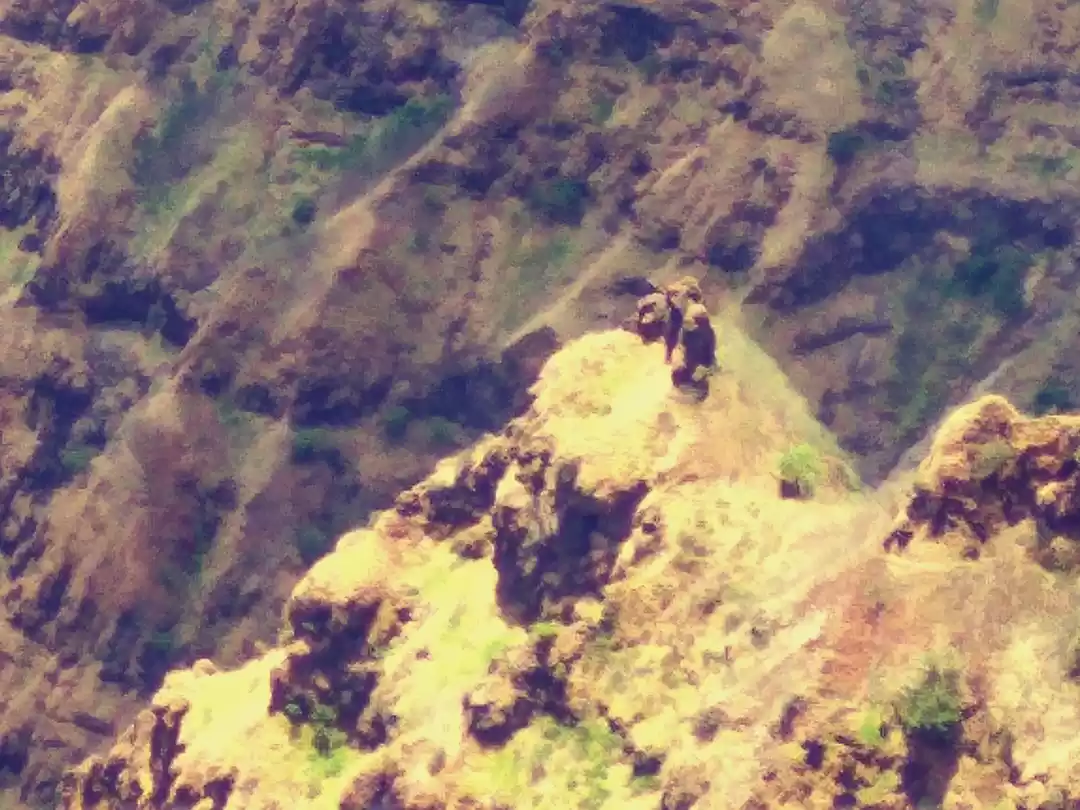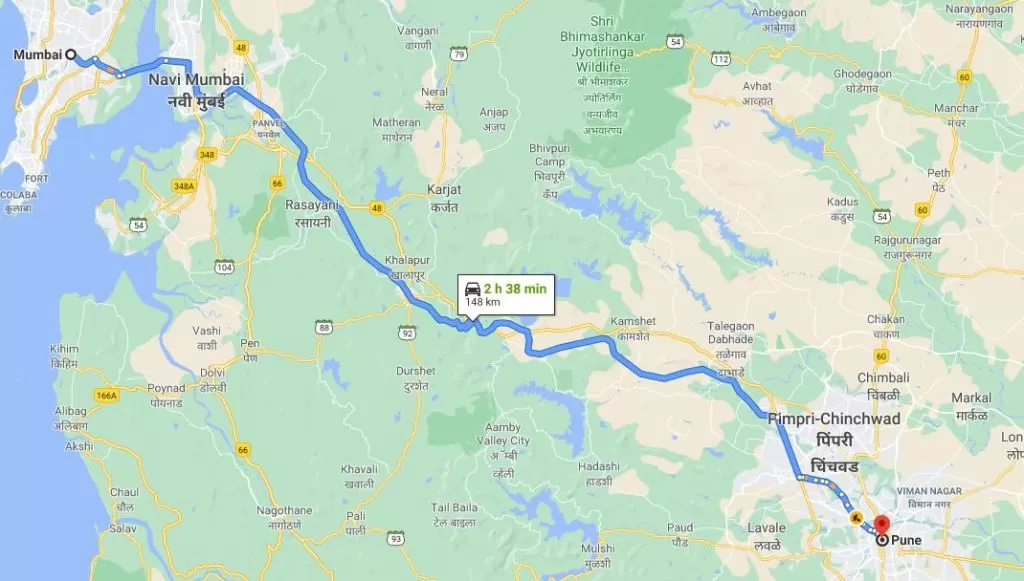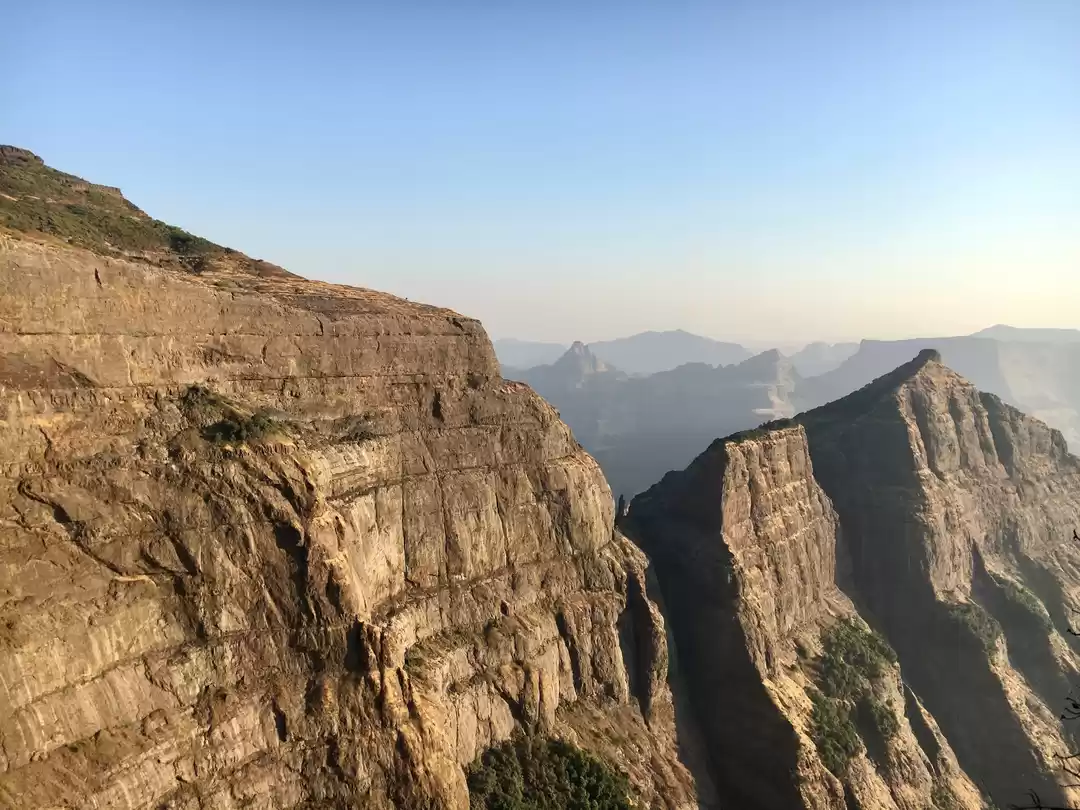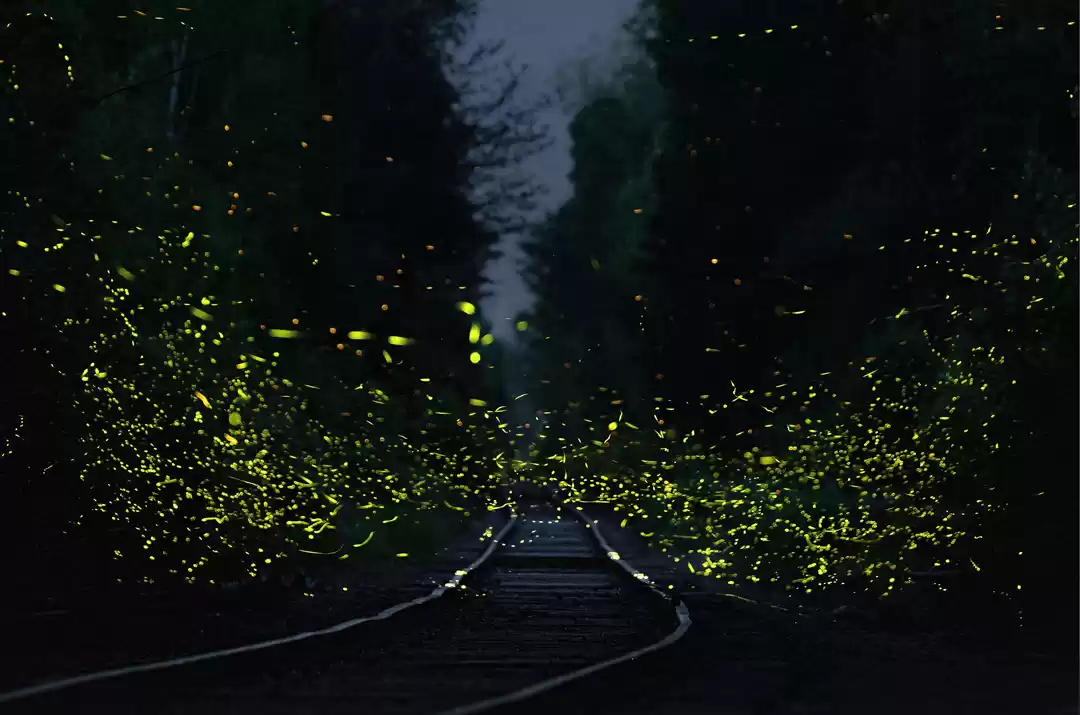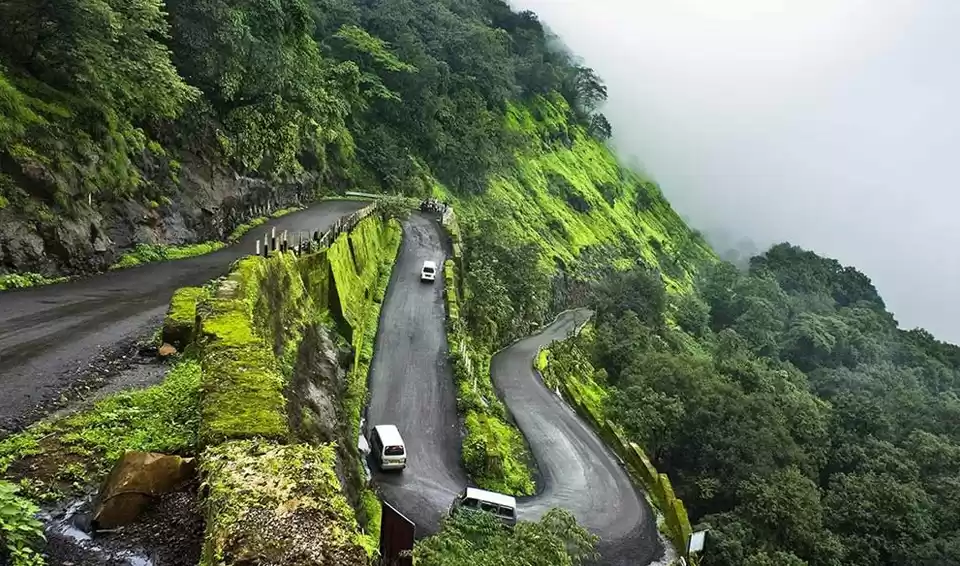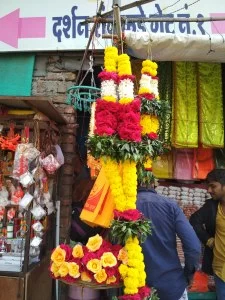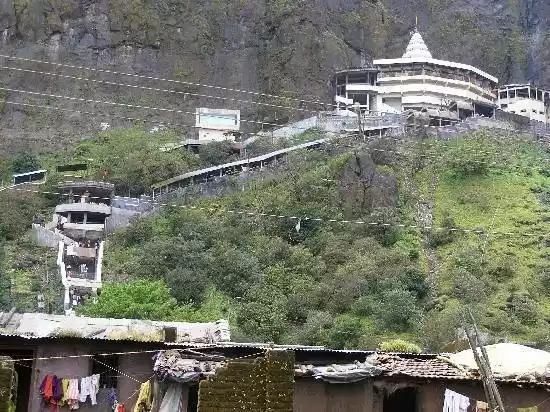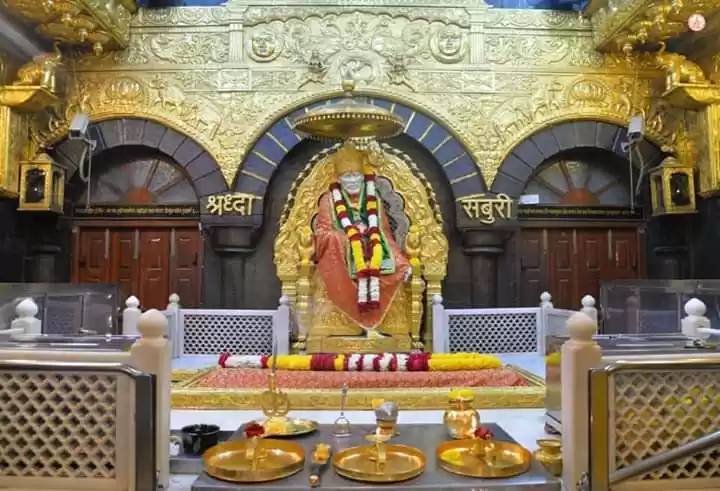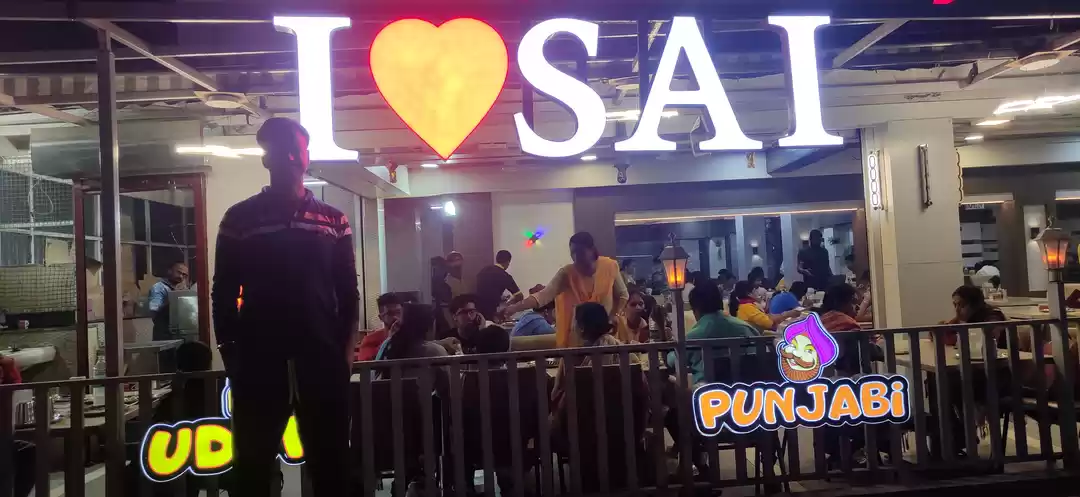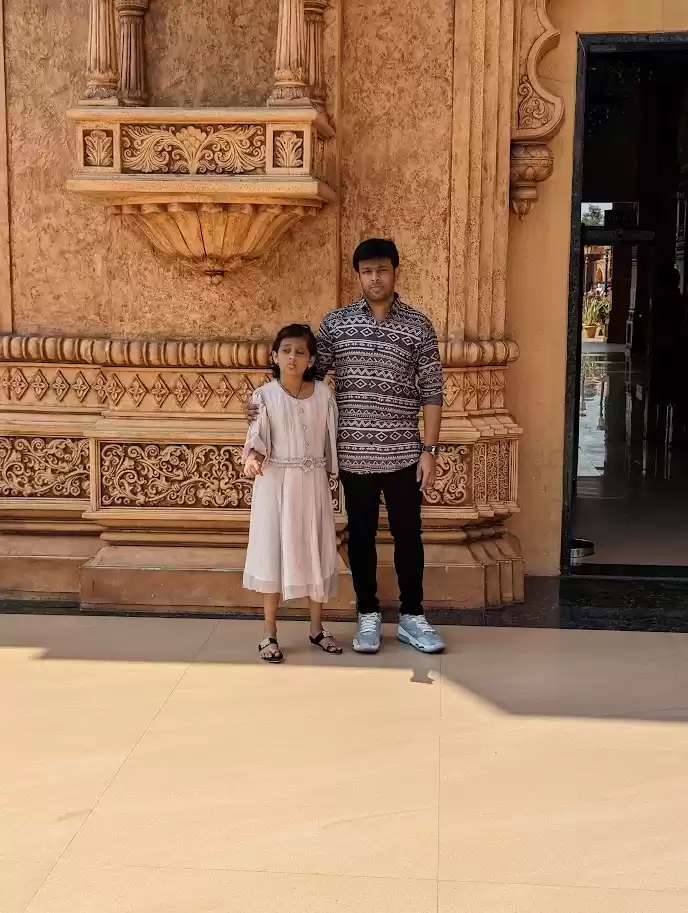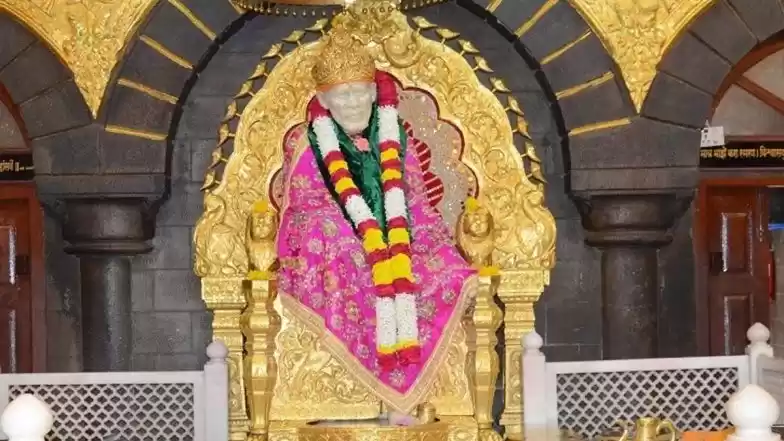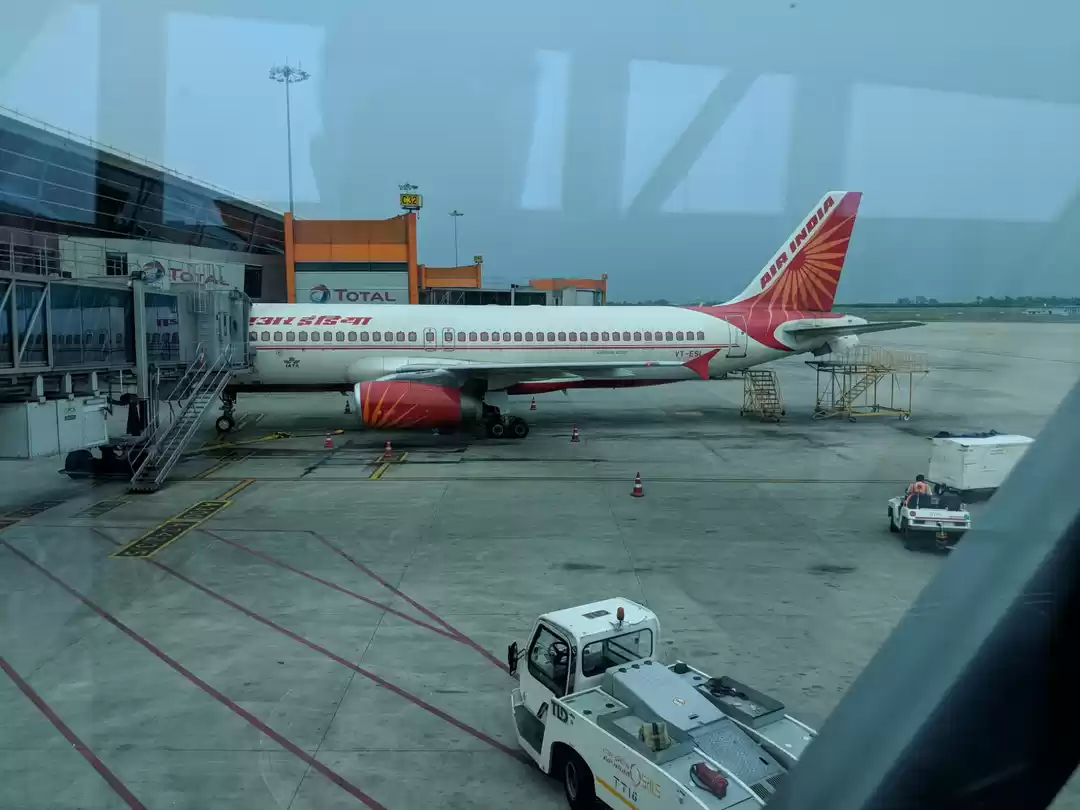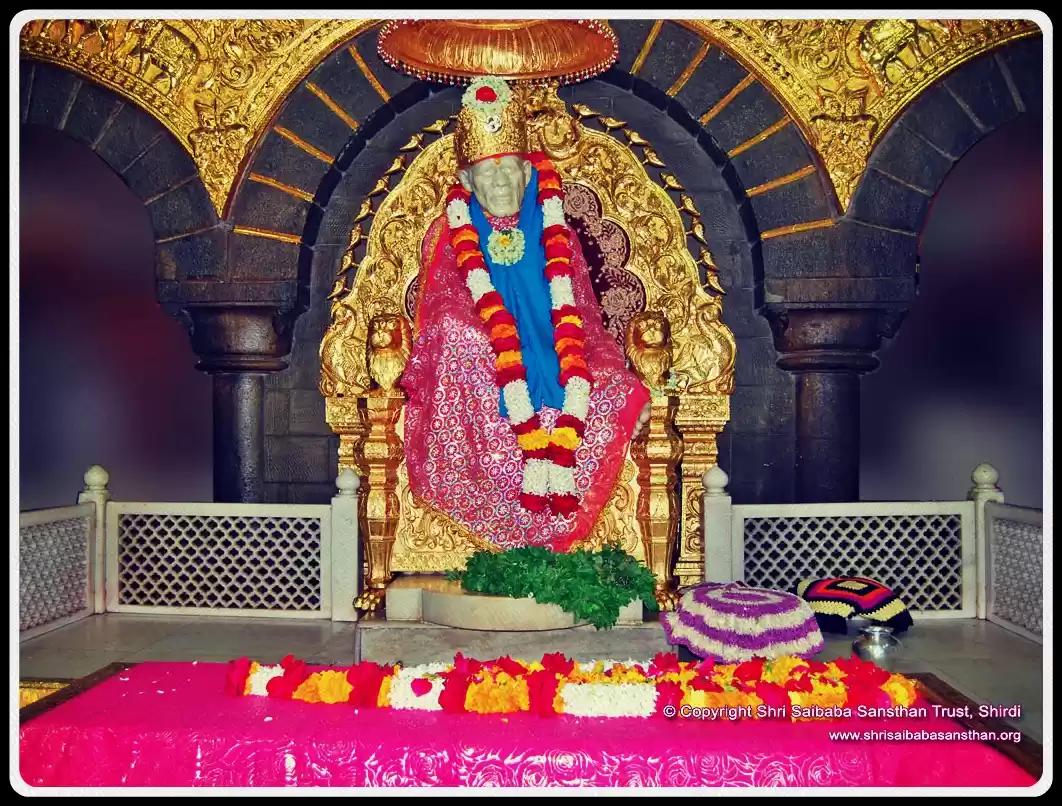
India in full monsoon is magnetic. At the end of July, the tourists desert the country and between violent waterspouts, the air as washed becomes breathable. I am still full of the fatigue of flying. The stop in a shabby hotel in Mumbai only lasted a few hours. The sole purpose of this visit is to see the most famous Kushti in the Akhara of Motibagh Talim.
If akhara means temple or monastery, Moti Bagh recalls the royal origins of the place. It is the name of a palace of the XIXth century made available by the local maharaja, to welcome the best wrestlers of the country. As for me, after practicing judo for many years, then wrestling in Mongolia, I became passionate about traditional forms of fighting in the world.
I boarded the bus to Kolhapur, a small town in Maharashtra, 600 km south of Mumbai, for an improvised weekend. Kolhapur is an Indian town above all, not so far from the festive Goa. It is a little polluted, a little noisy, a little overcrowded but not only that.
I arrived in Kolhapur at nightfall. It only remains to find a room for one night in Kolhapur, which should not be a major problem. I found the tourist hotel without difficulty, near the ST Bus stand. After a few ablutions, I went to see the Rankala Lake. I ate grilled corn on the cob. Then I went back to the hotel to have dinner at the restaurant with rice and Kolhapuri Tambda Rassa prepared with mutton.
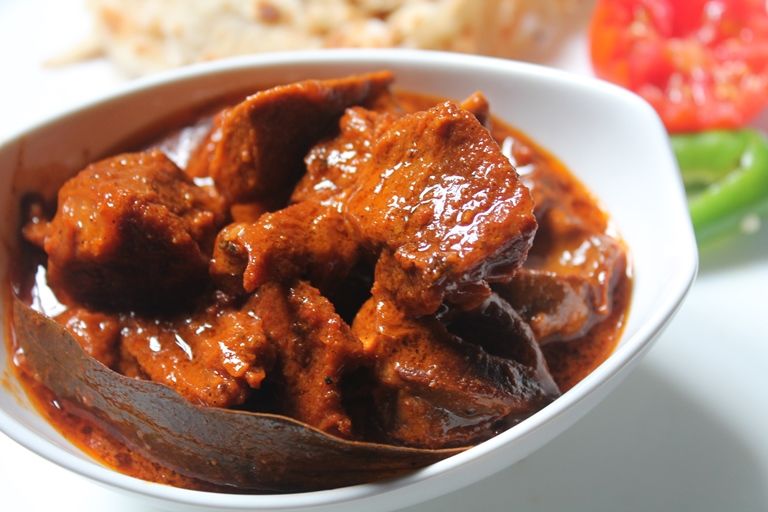
Day 2
I started the day early with the visit to the Mahalakshmi temple in Kolhapur. There are thousands of coconuts and flowers to offer to the goddess and sellers of pigments with a thousand colors. There is a colorful place, with narrow streets full of children running barefoot and above all, frank smiles on all faces. In short, it is a little bit of India as I dream.
I queued for the darshan. There is not too much jostling but a confined atmosphere. Once in the queue, I cannot get out and I do not like it too much.
In the city, I next visited the New Palace of the Maharaja, noted for its architecture. It is built in the true style of Victorian England mixed with that of the Addams Family House according to the Lonely Planet guide. There is also a collection of animals, alive and dead. In fact the maharaja was an addict of the tiger hunt and other more or less big beasts, of which he left photographic memories.
There are memories rather glaucous, since the palace is full of animals more or less whole, but very impressive. It is not often that I get the opportunity to look in the eyes of a lion, a wild boar or a buffalo! Photos were forbidden. I see the other animals (the living ones) who frolic in the mini-zoo of the palace.
The number of species was not extraordinary, but that did not stop us from spending an hour raving in front of the fallow deer or trying to take a picture of the peacock! The tour of Kolhapur is still quick. So I went out into the surrounding countryside after an hour of bumpy bus to Panhala fort, where I strafed landscapes, ruins, raptors, and monkeys.
But, strange as it may seem, it's in those moments where my cultural landmarks are scrambled, where I'm lost in an unfamiliar and unfriendly place in the middle of an intense fight. Here the exhausted body is on the verge of breaking, where everything invites me to stop and to flee. It is in these moments that I feel the most sincere with myself, to touch closer to the intimate knowledge of my being.
When I prepared this trip, I found no mention of the capital of Kushti as Kolhapur, except in a huge guide that summed up the interest in a few words. Kolhapur is a peaceful and simple city. If the smell of cold sweat does not deter you, go and collect yourself in front of the wrestlers of Moti Bagh Talim.
After arriving at the door of the akhara, I find a grid closed and very quickly, a horde of young people more muscled than others surround me. One of the young men invited me by a back door to enter a cellar, under the monastery. The pitiful state of the staircase is conducive to the darkest fears.
I discover stoves on the floor, arranged between large padlocked wooden chests. The comfort of the boarding school is summary. Overlooking the room, clinging to the decrepit walls, sits the icon of the monkey god Hanuman. The young person invites me to collect myself under the image of the patron saint of the warriors. I will quickly realize the essential place occupied by the divinity.
A coach, alone, does some warm-ups on a torn wrestling mat. Almost amused, he points to a 14-year-old boy who finishes his rope climb and heads towards me. Soon, the soil smeared with clay mixes with the sweat of the body. Beside me, a huge man, on the verge of asphyxiation, already covered with mud, utters a cry that recalls that of the Monkey god.
As I make way for return one of the coaches gave me an advice to not drink alcohol, stay away from women as they absorb all the strength and eat more ghee. Despite the haste of departure, I ask what bus goes from Kolhapur to Panhala. I get in, pay, and go.
I do not know how to visit the Panhala Fort. A man gives me a rough idea so that I know what to do. It is a weekend that feels good, and that allowed me to fill up with smiles and kindness because the people of Kolhapur and its surroundings are all smiling and kind. It is not often that this is the case in India!
I then head to Ratnagiri crossing the ghats, the mountains that separate the Deccan plateau from the coastal strip. Here I lost myself a number of times before arriving at the home stay in which I had booked. To my surprise, the Konkan is not a flat area. There are many hills and the tiny roads that never stop turning.
The habitat is very dispersed. I went to dinner with a cousin of the homestay owner losing even more than when I arrived. Today once I again I order rice with Pandhra Rassa.
Day 3
In the morning, in this property full of palm trees, mango and banana trees, the birds sang at sunrise. I am far away from the bustle of the city with the calm of the countryside. I went to Ganpatipule, a few kilometers away, where is a modern temple. I go for a little darshan, this time to see Ganesha. Then I went on to the beach enjoying the fresh water of a coconut.
I dipped my feet in the Indian Ocean but cannot swim in Ganpatipule because the waters are dangerous. For the afternoon meal I head to a small vegetarian restaurant, so I did not have the opportunity to eat fish. However I tasted the modak, a local sweet preferred by Ganesha. The modak which has the the shape of a fig has quarters, and is made of rice outside and coconut inside and then fried in ghee.
Then I went back to my home stay where I stayed until dinner. After dinner I headed to Pune, crossing the ghats and stopping in a restaurant on the way out. Everything has an end, and it was about 6 o'clock that I reach Pune in the pouring rain of the monsoon.
Time For A Spiritual Travel to Shirdi
We travel to Shirdi, which is about 200 km from Pune. We were in Shirdi on Guru Purnima, an important Indian festival that always takes place on the full moon in July. Unfortunately, the ride was not without obstacles. After 70 km the bus had a breakdown and came to a halt. We had to go outside, where the sun was burning at 41 degrees celsius from the sky. A tree was nearby, where it can hold about 60 people in the shade.
After 4 hours, many telephone calls and repair attempts, we board again but only for a short time. After 100 meters the driver calls another bus, which then arrived after half an hour. The new bus had a very strong AC, adjusted to 16 degrees celsius but was unregulatable. So we travel in the cold for another 3 hours. We borrowed warm jackets and scarves from the neighbors.
The atmosphere in the group was remarkable. No one complained despite all the adversities. Patience and mutual care prevailed. Thanks to the generous supply of homeopathic remedies already on the bus, nobody was ill. The real size of India is only one of the bus trips. On the plane, you fly 4 hours and is still in India, but an 8-hour bus trip is very little. This does not concern the distance. A distance of 120 km can take 3 to 5 hours, although you drive on the highway.
The number of gods in India increases per 1000km road network. This can get understood when the driver tries to undercut the above travel time by a bus without break. And one sits in the rearmost compartment of the same. We had such a driver, such a bus and such roads. To pray to a deity is no longer enough, believe us.
Those who survive this will also survive the emerging X forces of a fighter jet in the air battle. India has exactly the same reason for a big air force. All trucks and bus drivers are potential fighter jet pilots.
Shirdi is now in sight! The bus driver gives a test drive. The Tata bus starts for the landing approach, because of the last ground wave. But first, it has to clean the garage with air-ground missiles of monkeys. The conductor thanks us and later gives us chai.
Before we arrived, we asked our tour guide if we would recognize Shirdi by some suburbs. If one were to travel through the wilderness forever, a larger city would be able to imagine it. He only meant that Shirdi is a small village and so has no suburbs.
Shirdi is a place of pilgrimage. Shirdi Sai Baba has his temple here and that is why we are here. Otherwise, there's nothing to see in Shirdi. At least we would not have noticed. The streets are very very dirty and life generally very easy. The city itself was anything but small.
We reach near the hotel. As we get off the bus, half of the staff are waiting for us. Most striking is the security guard who carries a large headdress like a rooster. Our luggage gets carried to the room and we get a welcome drink. We are standing in the large hall with an aligned dome in the center to get a nice view. For the first day, it was so pretty. We take ample rest after dinner.
Day 2
We went early to the temple which is only a few minutes walk from the hotel. There are crowds of people. We take the VIP entrance to get a little faster. There are so many heads of the old and young. And many stares, laugh and nod at us. We walk, completely dressed in white and barefoot. Finally, the black blends with the whites and we find ourselves in the midst of black eyes and hair.
Step by step, we continue to a white marble statue of the Shirdi Sai Baba. Shirdi Sai Baba lived for many years as a beggar in Shirdi. At first, the village population refused him, which only changed when he began to heal cures. Then more and more people from abroad sought his advice.
Shirdi Sai Baba always left open whether he was Hindu or Muslim. His motto was all men are equal, all religions are equal in the core. The air is humid. Devotees sing, scream, cry and laugh. The highlight of everyone is the bowing and touching of his gold feet with the third eye.
We sat on the ground in one of the courtyards that surround the tomb of Shirdi Sai Baba and sing Bhajans. Immediately crowds gather around us, singing with their full throats. This gave a very nice feeling of unity and understanding. Then we continue to the back exit, where Sai Baba got buried.
There are four flames, underneath the neem tree, which has been burning for hundreds of years. Here we bow before his Lingam and then sit to meditate. People also chant mantras.
The process takes about two hours. We have some coffee nearby and then take the rickshaw to the hotel and rest. Until about mid-afternoon, then we had lunch. Later we decided to travel further into the city. Behold, we find a vegan cafe, few meters away. We are happy now and they actually had coffee beans!
But the surrounding area of the temple was not much beautiful. A round of the temple was there, then it was dark again and we wanted to go back. But there was still time for a glass of sugar beet juice with lime. We buy some souvenirs. We also made it to the temple to go to the Dwarkamai. It is the place where Sai Baba, for a long time, has lived.
We went late evening since over the day the crowds were too big. We could make ourselves comfortable when the sirens were out. We had a lovely evening in a beautiful restaurant garden with a delicious meal under palm trees. We go up and down to the hotel.
Day 3
At 5 o'clock in the morning after a short breakfast, our bus went back to Poona. This time it was without any breakdown and we reached to take the flight to Bangalore on time.
Frequent searches leading to this page:-
top maharashtra tour packages with price, best maharashtra trip packages with fmaily, top visiting places in maharashtra, hill station in maharashtra near mumbai, beaches in maharashtra near mumbai

